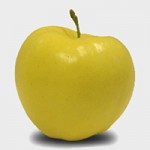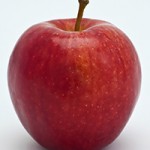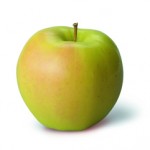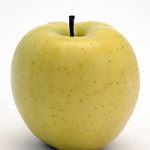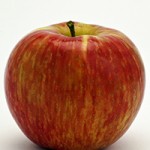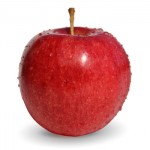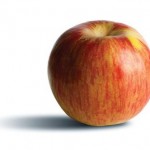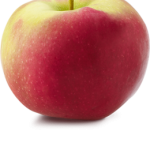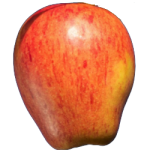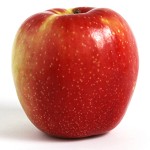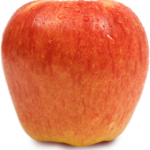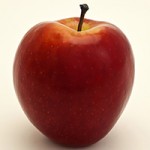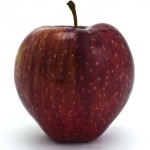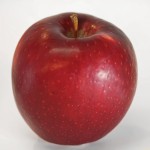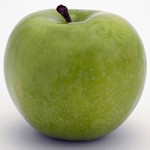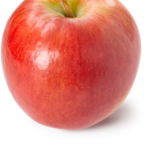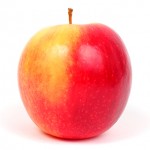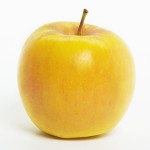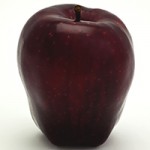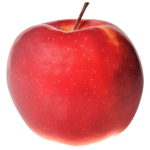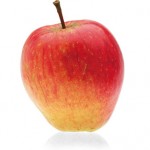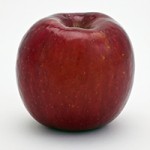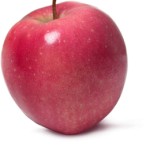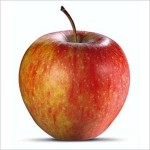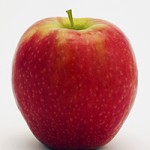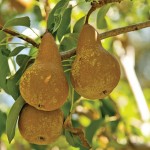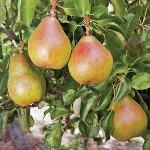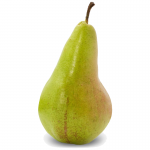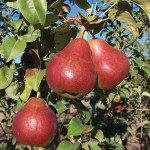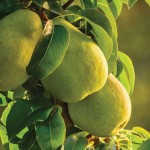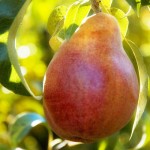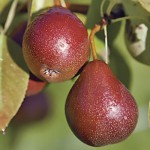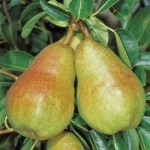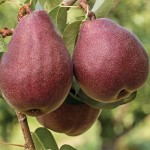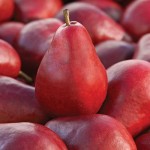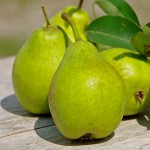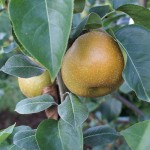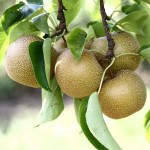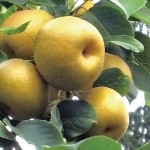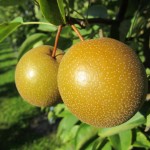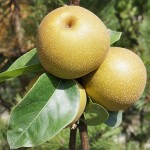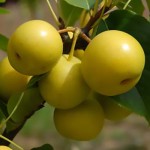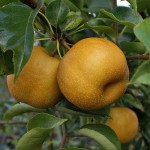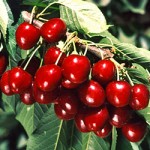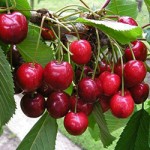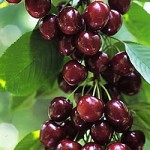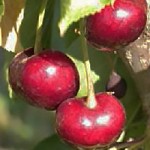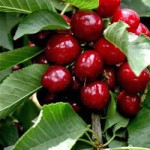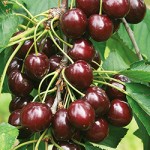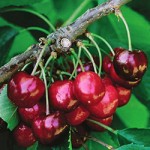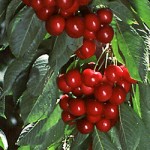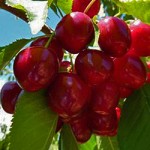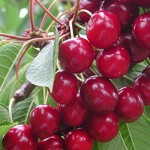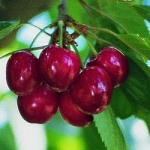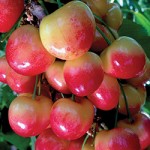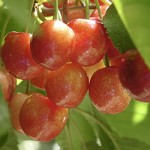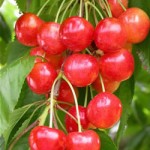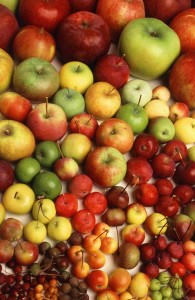Overview
The majority of commercial orchards are planted with tree cultivars carefully selected for both their fruit quality and tree growth characteristics. Many growth factors come into play when choosing which to plant: tree size, training/pruning requirements, precocity, disease resistance, pollinization, soil and nutritional requirements, and suitability to your climate. As well as different fruit characteristics: skin color and appearance, flavor characteristics, texture, harvest date, storability, and overall consumer appeal. Extensive testing has been performed by breeders, tree nurseries, and growers resulting in the development of thousands of commercially available cultivated trees with full descriptions. Here we have compiled descriptions of many of the most popular and successful cultivars grown in Washington and the Pacific Northwest.
For additional resources on cultivar information we suggest the following links:
- Washington State Apple Commission (most common apple cultivars in WA) (Accessed: 10/07/19).
- US Apple Association (popular apple cultivars for all US) (Accessed: 10/07/19).
- USA Pears (most popular pear varieties) (Accessed: 10/07/19).
- WSU Extension Western WA Variety Trials ( includes, apple, pear, cherry, other stone fruit) (Accessed: 10/07/19).
- Sweet Cherry Cultivars for the Fresh Market (PNW bulletin #604) (pdf; good all-around guide on sweet cherries) (Accessed: 10/07/19).
- Vanwell Nursery (apple, crab apple, pear, cherry, other stone fruit, rootstocks) (Accessed: 10/07/19).
- C&O Nursery (apples, crab apple, pear, cherry) (Accessed: 10/07/19).
- Willow Drive Nursery (pdf; of apple, pear, cherry, other stone fruit, rootstocks – listed under catalogs) (Accessed: 10/07/19).
- Orange Pippin (varieites worldwide) (Accessed: 10/07/19).
- Variety Identification? Qualterra is able to sequence the DNA for cultivar identification. Contact that lab for specific details.
Click on the tabs below to view descriptions and images of many common varieties grown commercially in the Pacific Northwest.
There are over 7,500 varieties of apples grown worldwide. But only a relative few are suitable to be grown and marketed in Washington and the Pacific Northwest (PNW). The top varieties are Red Delicious (34%), Gala (19%), Fuji (13%), Granny Smith (12%), Golden Delicious (10%), Cripps Pink (3%), Honeycrisp (3%), Braeburn (3%), and 3% ‘Other’ (Bestapples.com). In addition to the major varieties, there are “boutique” varieties found only in specialty stores or fruit stands and club varieties grown by select growers. Below is a thumbnail gallery of the most common PNW varieties arranged by relative harvest timing. Clicking on an image will open the full description window. (List of varieties came from the Washington State Apple Commission.) Apple production facts can be found on the Northwest Horticultural Council’s website.
There are more than 3,000 pear varieties grown worldwide. Of those, only ten principal varieties are grown commercially in the Pacific Northwest, accounting for 80% of the US fresh pear production (NASS 2019 NCTF Report). These varieties were selected based on quality traits and compatibility with our growing conditions. Pears fall into two categories based on when harvest begins: summer pears start harvest in August; winter pears start harvest late August and go well into September. Summer pears include Bartlett varieties (both golden and crimson), Starkrimson and Tosca. The rest of the European-type pears fall into the winter pear group. The top pear varieties grown in Washington and Oregon are listed in the thumbnail gallery below arranged by their harvest group: Summer or Winter. There are also several Asian pear varieties grown in our region. We have included Asian varieties in a separate tab. Clicking on a thumbnail image will open a window with a full-size image with a brief description of the variety. (The list of varieties, descriptions, and images were provided mostly from usapears.com.)
Two main types of cherries are produced in the United States: sweet cherries and tart or ‘sour’ cherries. Washington, California, and Oregon are the primary sweet cherry producing states, accounting for more than 73 percent of the quantity produced nationwide (Northwest Horticultural Council, 2022 Fact Sheet). U.S. fresh sweet cherry production in 2022 totaled 84,500 acres and 231,700 tons. Washington continues to be the leading state in sweet cherry production with with 240,000 tons estimated for 2023, followed by Oregon with 51,000 tons (NASS Tree Fruit Report). The United States is the second-largest producer of cherries in the world after Turkey (FAOSTAT 2019). Additional Pacific Northwest cherry facts can be found on the Northwest Horticultural Council website.
The cultivar “Bing” has been one of the most important sweet cherry varieties grown in the Pacific Northwest, representing more than 50 percent of the production in Washington (Washington State Tree Fruit Acreage Report, 2017). Because ‘Bing’ is so popular, it is utilized as a reference to compare with other cultivars and new varieties. In recent years, there has been more interest in improved varieties leading to extensive plantings of newer selections. Some traits that breeders are selecting for include early ripening, larger size, firm, self-fertility, rain cracking resistance and stem-free characteristics. The majority of the newer varieties grown in the Pacific Northwest were produced or selected by the WSU-IAREC Sweet Cherry Breeding Program in Prosser (Olmstead et al 2000) and the Pacific Agri-Food Research Centre (PARC) in Summerland, B.C., Canada.
The most commonly grown sweet cherry varieties in the Pacific Northwest are shown below in the thumbnail gallery and are arranged by the two main color groups: Reds or Mahogany and Blush or Yellow types. Click on the image to open the full view for information about each variety.
